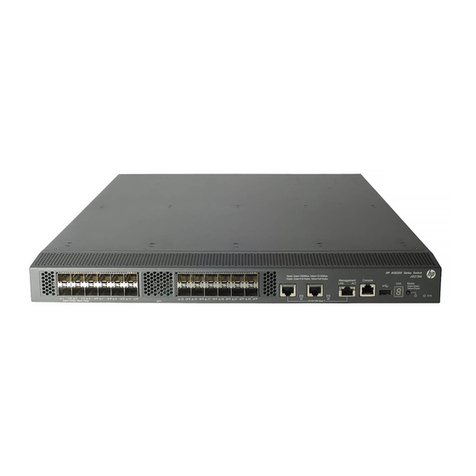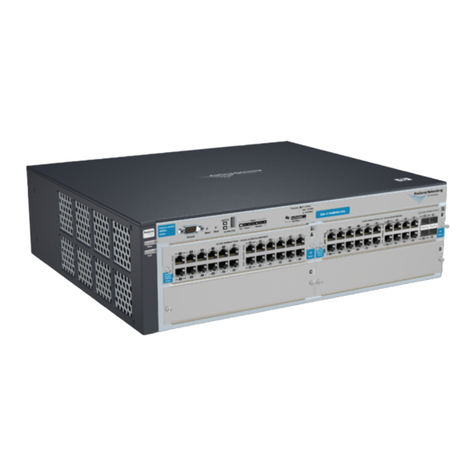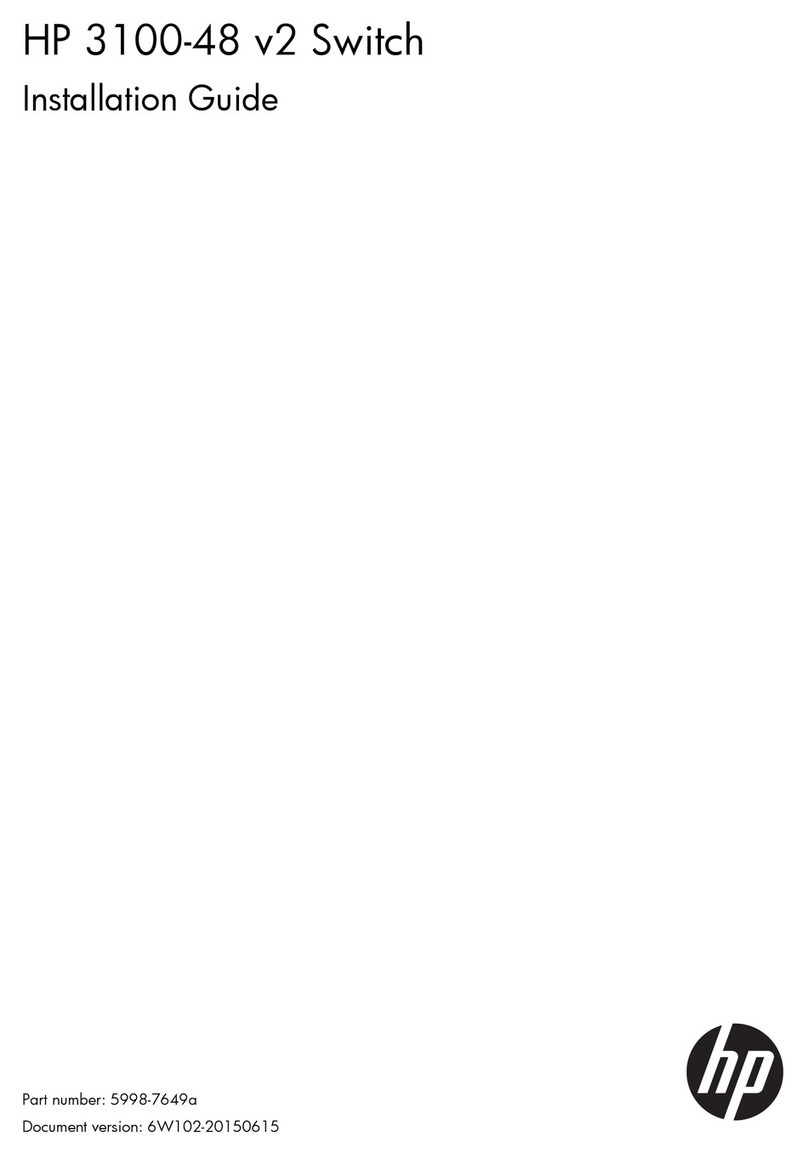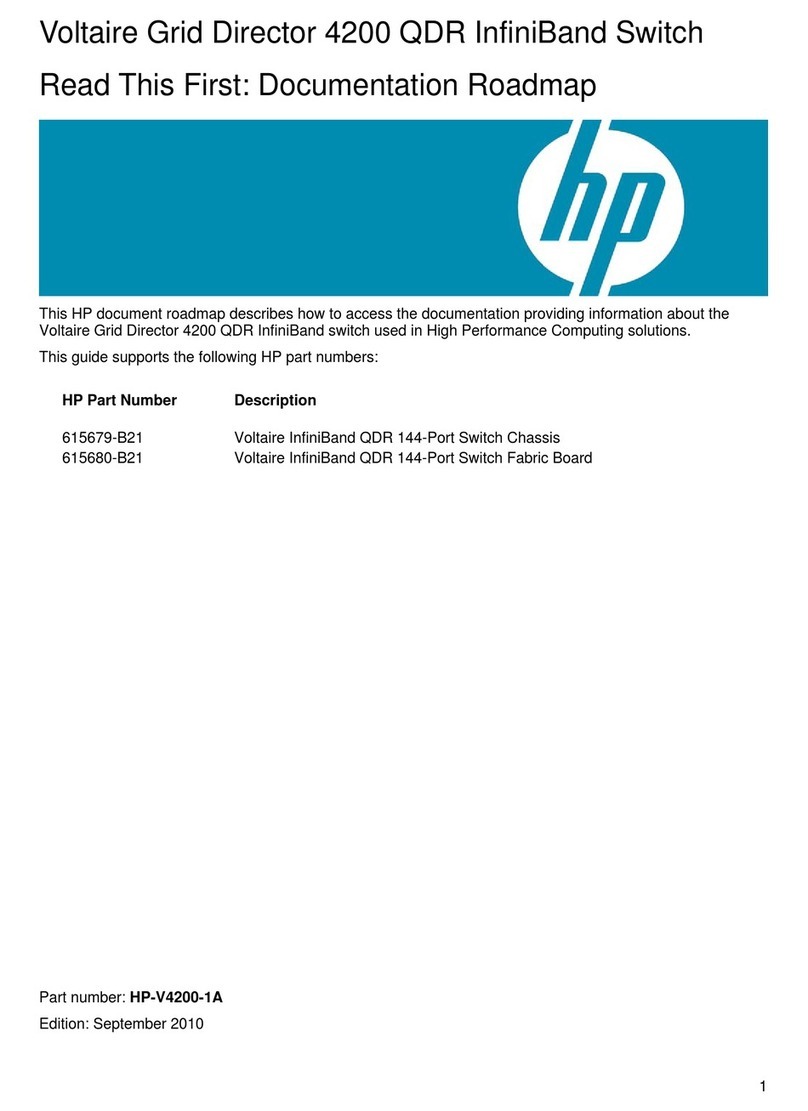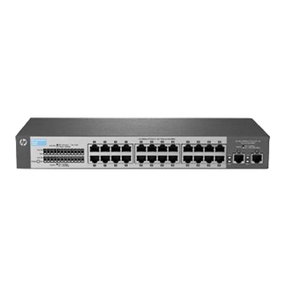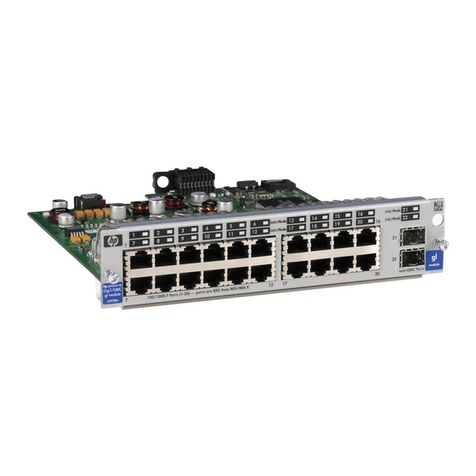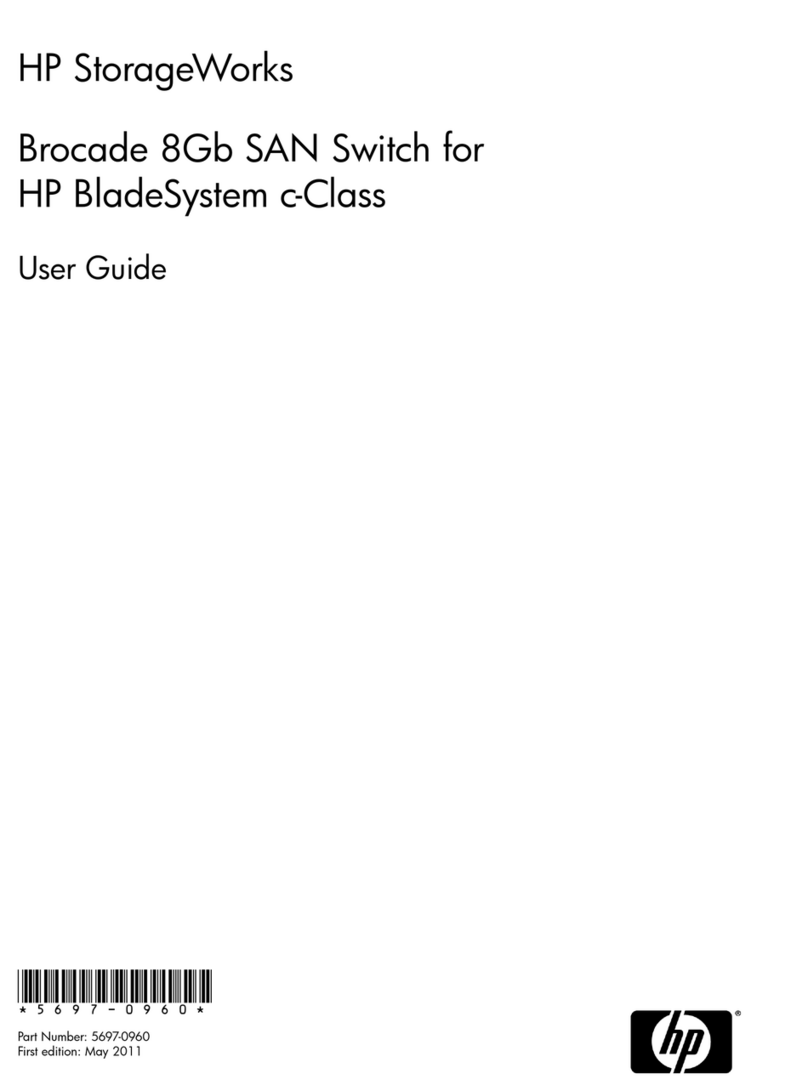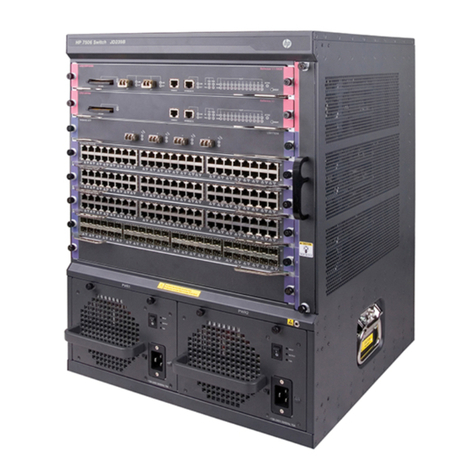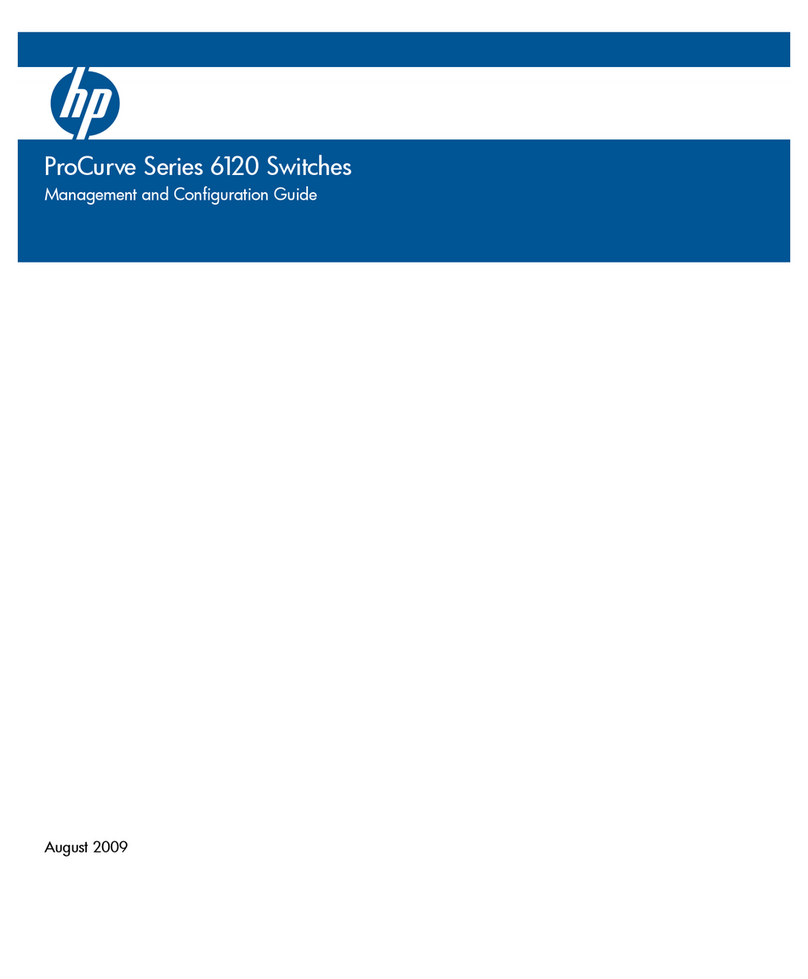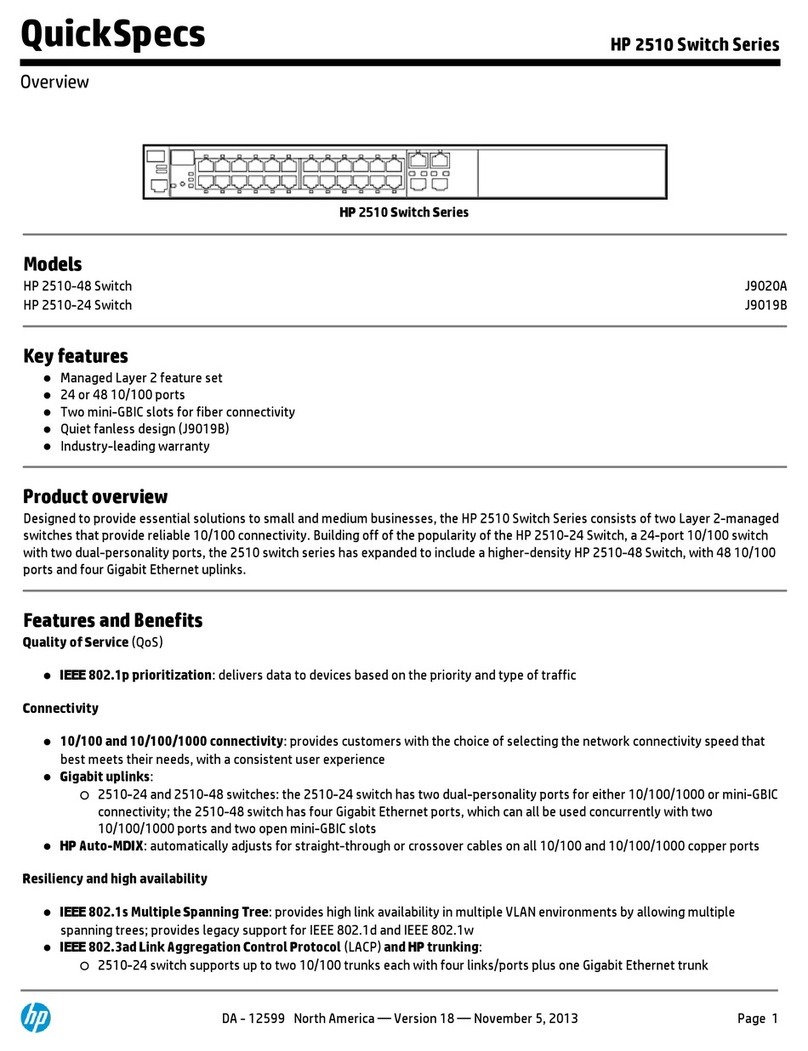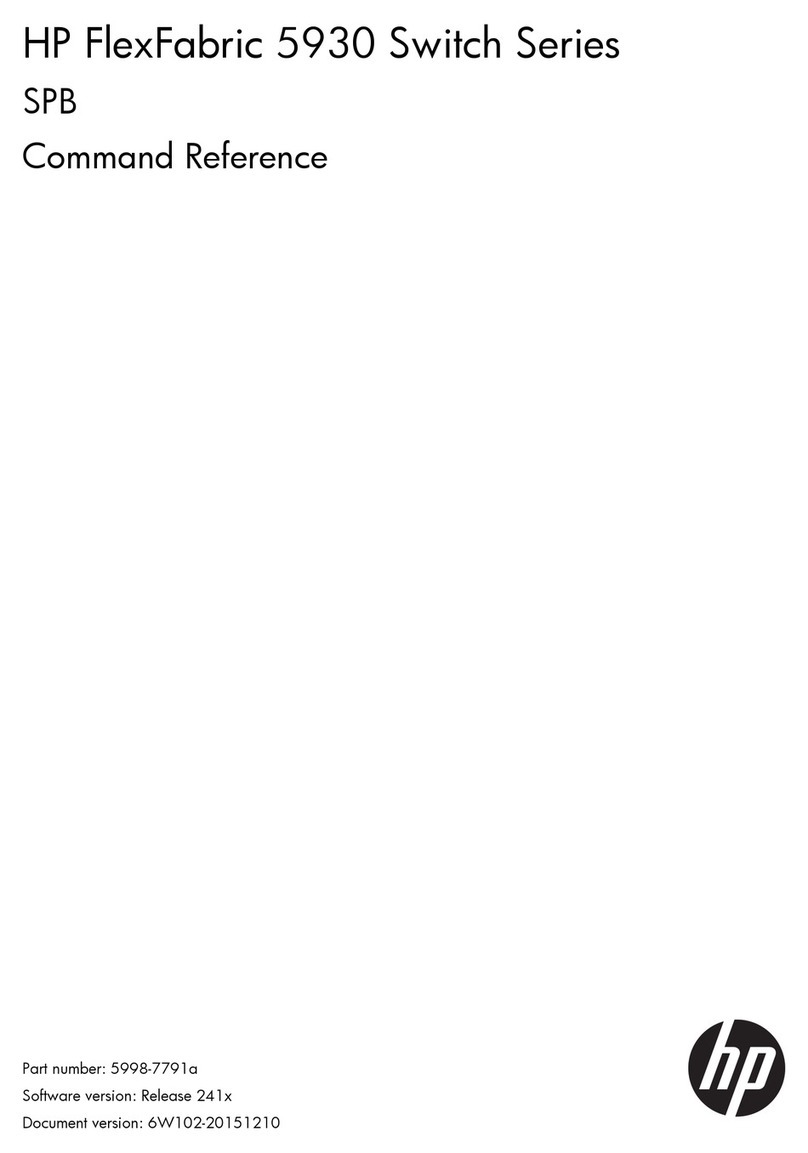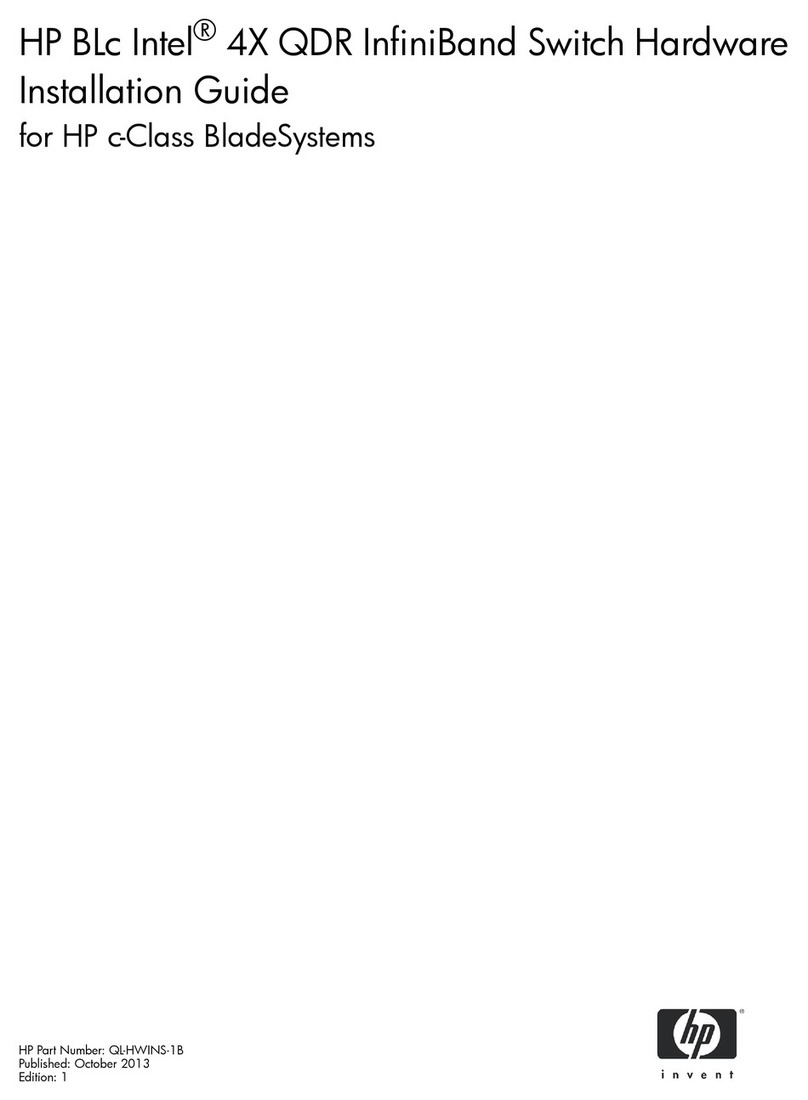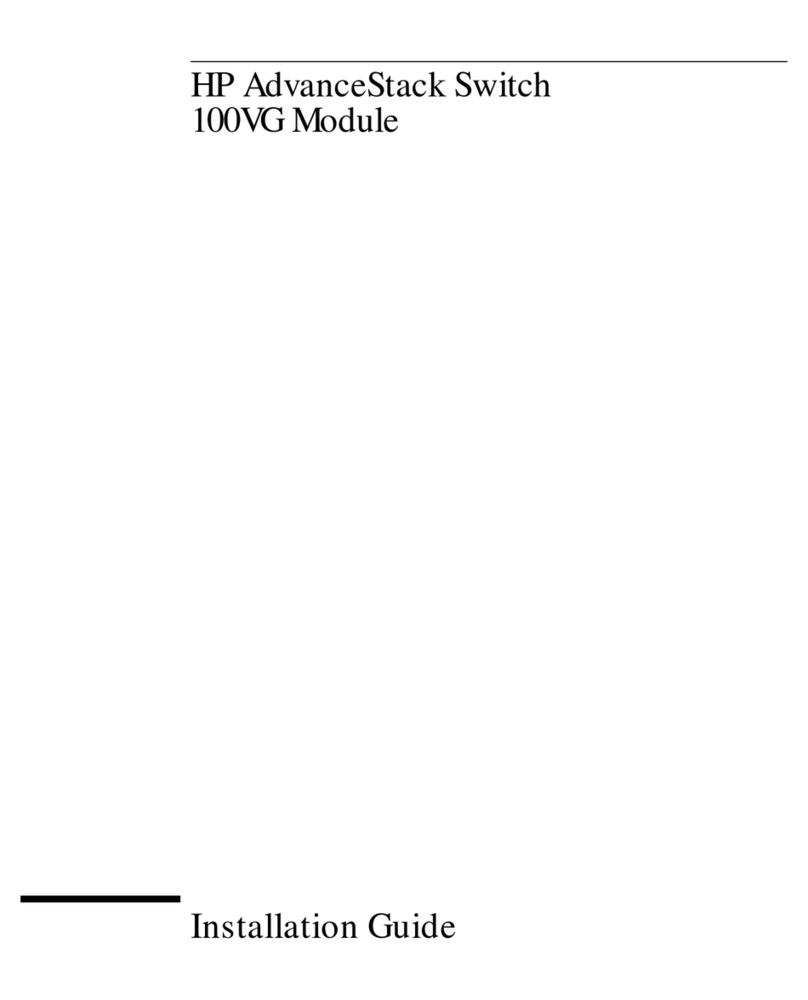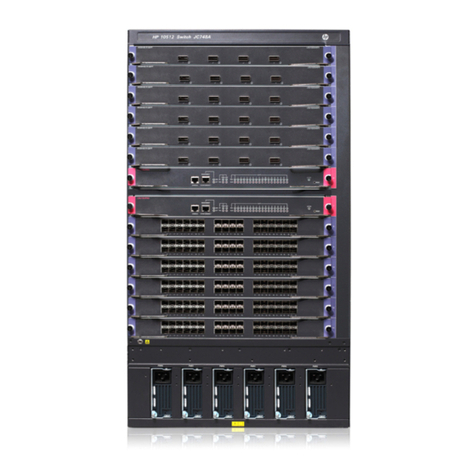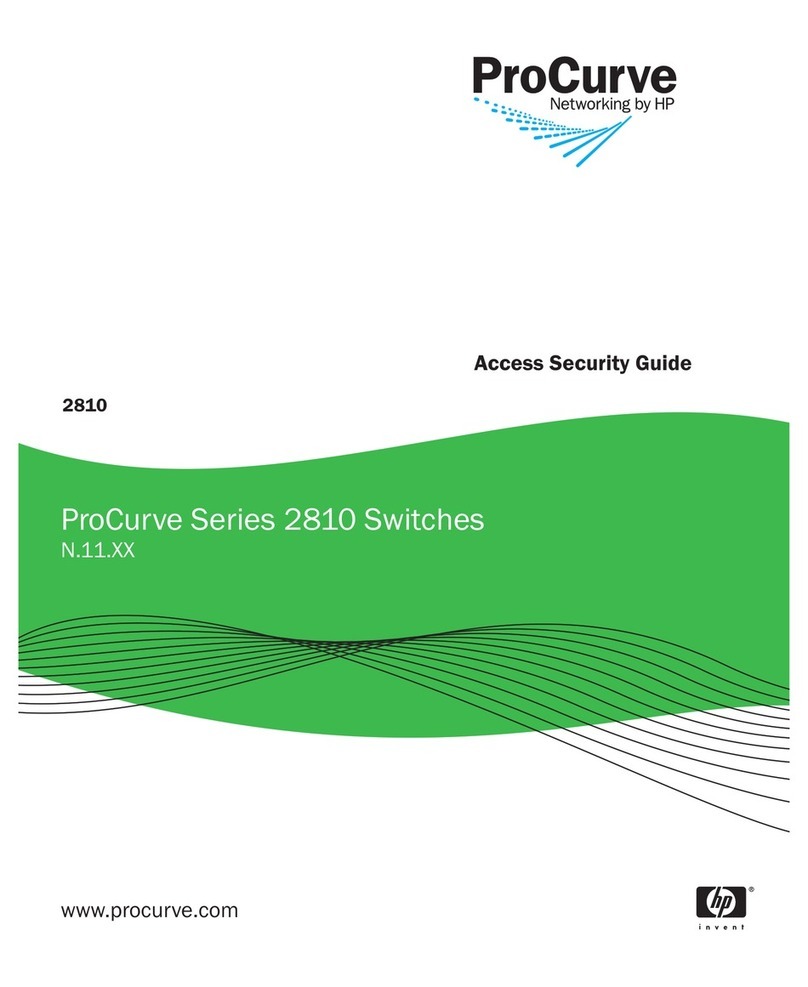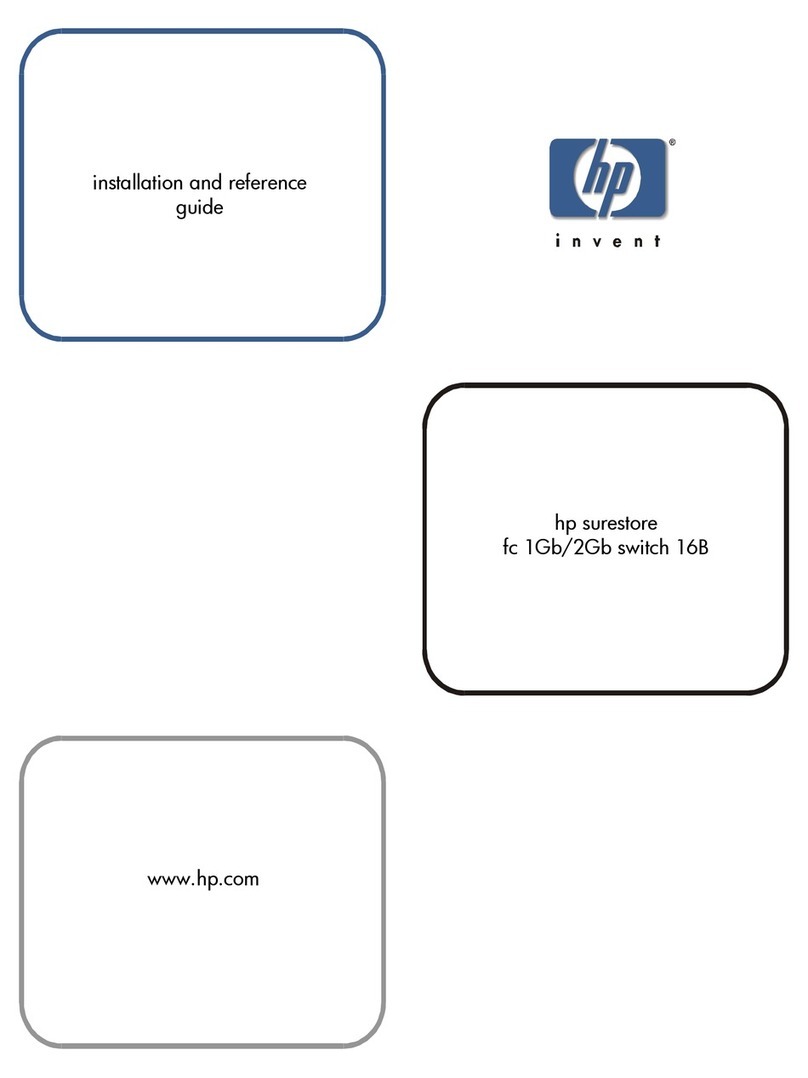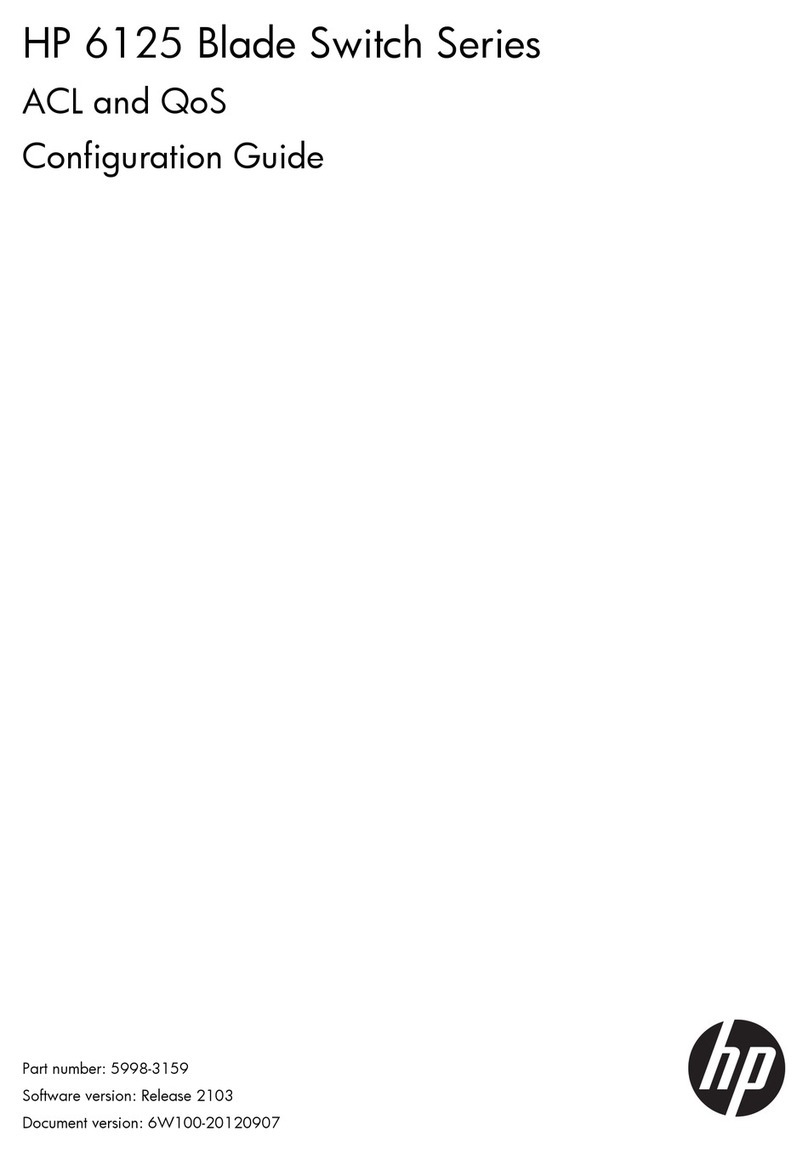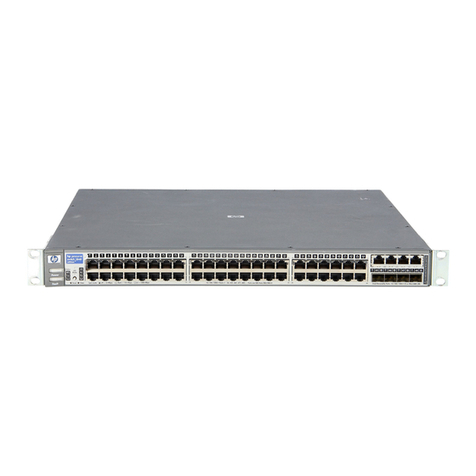
Brocade SAN Glossary 1/29/2008 Page 6 of 29
Data center fabric The hardware, software, and infrastructure required to power data centers.
Includes concepts such as converged protocols, extended physical
connectivity, virtual partitions, fabric services, and extending data
management policies into the fabric. See also Adaptive Networking.
Data Migration Console The graphical user interface for the Brocade Data Migration Manager
appliance.
Data Migration Manager See Brocade Data Migration Manager.
Datagram A Class 3 Fibre Channel service that allows data to be sent quickly to devices
attached to the fabric, with no confirmation of receipt.
DCC Direct cable connection; does not require network interface cards (NICs),
making it relatively simple and inexpensive; however, it provides a limited
connection between two PCs and the data transfer rate is slower compared
to a true LAN.
Dedicated simplex A means that permits a single N_Port to simultaneously initiate a session
with another N_Port as an initiator, and have a separate Class 1 connection
to another N_Port as a recipient.
Deskew In the Brocade trunking feature, the time difference between the traffic
traveling over each ISL other than the shortest ISL in the group and the
traffic traveling over the shortest ISL. The deskew number corresponds to
nanoseconds divided by 10. The firmware automatically sets the minimum
deskew value of the shortest ISL to 15.
Device-based routing A routing policy in which the choice of routing path is based on the FC
address of the source device (S-ID) and the destination device (D_ID),
improving path utilization for better performance.
DH-CHAP Diffie-Hellman Challenge-Handshake Authentication Protocol; an
implementation of CHAP using Diffie-Hellman encryption.
DHCP Dynamic Host Configuration Protocol. An Internet protocol for automating the
configuration of computers that use TCP/IP; can be used to automatically
assign IP addresses, to deliver TCP/IP stack configuration parameters, such
as subnet mask and default router, and to provide other configuration
information, such as the addresses for printer, time, and news servers.
DHCPD Dynamic Host Configuration Protocol daemon.
DID Destination ID with three fields: Domain ID (DD), Area ID (AA), and AL_PA
(PP). SID/DID traffic prioritization is a licensed feature introduced in Fabric
OS 6.0 that allows you to categorize the traffic flow into high, medium, or
low priority. Requires an Adaptive Networking license on every switch in
the path between a given configured device pair. See also QoS.
Digital certificate An electronic document issued by a CA (certificate authority) to an entity,
containing the public key and identity of the entity.
Director A highly available and scalable Fibre Channel switch that uses a chassis and
blade architecture; current models are Brocade 24000 Director and Brocade
48000 Director.
Discovery domain An iSCSI access control concept; created between iSCSI hosts and targets
using their IQN.
